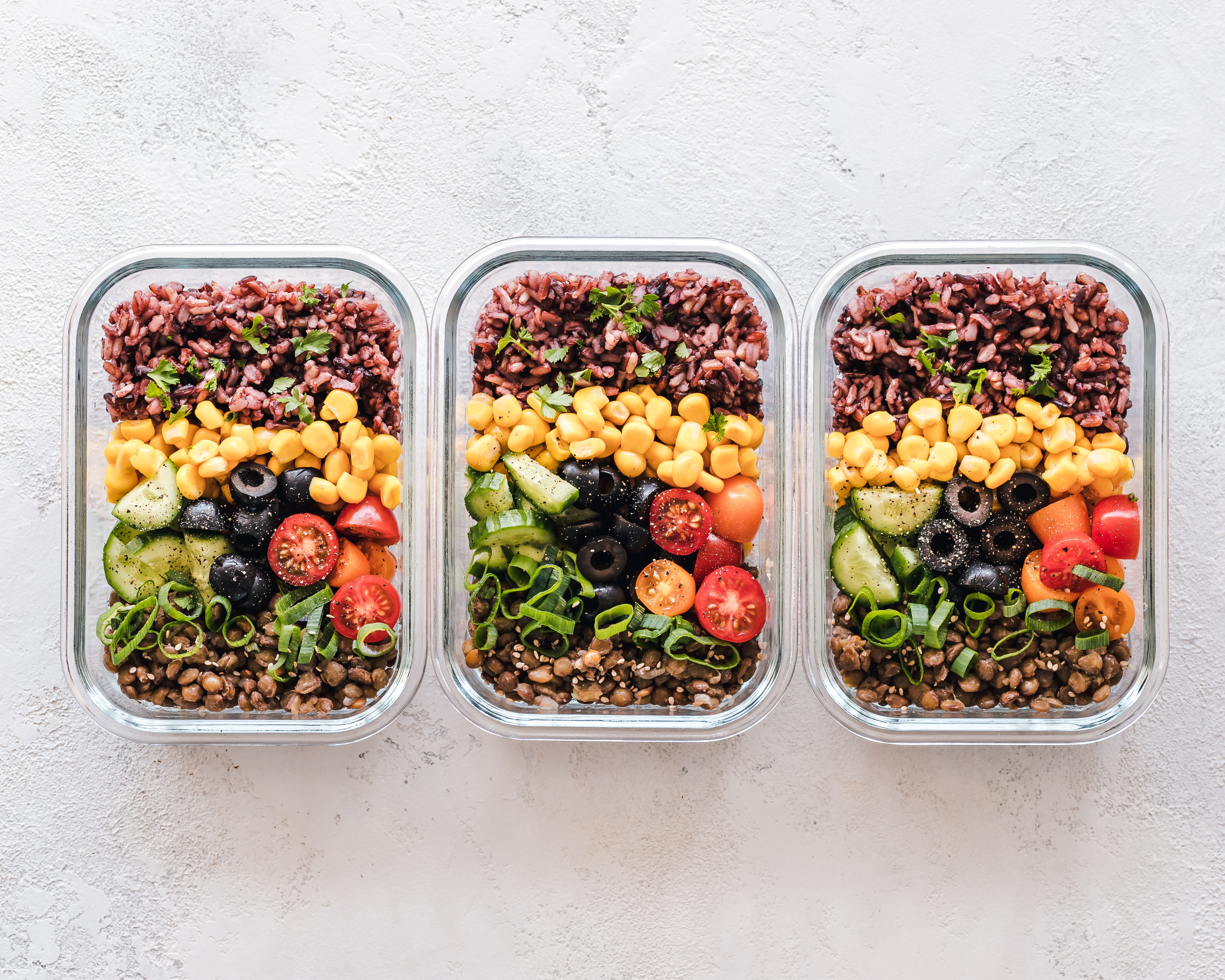Which is the best diet for fat loss?
Oct 05, 2021
You've decided enough is enough and you are ready to commit to losing weight. Maybe you had a recent life change like a wedding on the horizon, a baby a few months ago, or have simply realised that you haven't been prioritizing your health, and now your clothes don't fit and the scale has moved in the wrong direction.

Whatever your reason, you've recognized that along with the physical benefits of looking sexy, maintaining a normal weight can drastically improve your health. Not being overweight or obese leads to a decreased risk of cardiovascular disease, type 2 diabetes, and cancer amoung other things, and improved longevity and quality of life.
With so many fads and advertised diets out there, which one should you choose? Your mother-in-law saw great results on Keto, but your friend swears by Intermittent Fasting. Your super fit friend stands behind Juice Cleanses, but your favorite celebrity just finished a month of Whole30 where he lost a ton of weight. How to know which one will work for you?
In this blog, we will break down the definitions, pros, and cons of the popular Ketogenic diet, Intermittent Fasting, and Whole30 diets to you can make the best decision for you.

Ketogenic Diet
Restricted Foods: Beans, bread, rice, pasta, sweets, potatoes, corn, many fruits, milk
How it is advertised: Instead of relying on sugar (glucose) from carbohydrates, the Keto diet relies on ketone bodies, a type of fuel that the liver produces from stored fat.
What it entails: Being strict with consistently eating high fat, moderate protein, and very low carbohydrate diet, and monitoring ketone levels through blood, urine, or breath tests.
Pros: Can get quick weight loss results due to the elimination of carbohydrates, may increase HDL cholesterol, improve conditions for Type 2 Diabetes, lower insulin levels, regulate hunger hormones, and lower inflammation levels.
Cons: Elevated ketone levels can promote bad breath, cannot "cheat" because it will take you out of ketosis, hard to obtain certain nutrients
How it works: Eliminating the entire macronutrient of carbohydrates makes the food choices feel very black and white. Those who experience weight loss results on a Keto diet are eating in a Calorie Deficit - that is, their energy or total calorie intake is less than what their body needs to maintain their weight.
Intermittent Fasting
How it is advertised: Instead of focusing on WHAT you eat, focus on WHEN you eat
What it entails: Multiple ways to practice intermittent fasting but the most common are the 16:8 and the 5:2. The 16:8 involves fasting for 16 hours each day and then eating all of your daily calories in an 8-hour timespan. The 5:2 involves eating per normal for 5 days, then limiting yourself to one 500-600 calorie meal on the other 2 days.
Pros: No restricted foods
Cons: Potential to overindulge in unhealthy habits on non-fasting days, training performance could suffer, cortisol increases
How it works: Intermittent Fasting isn't magic, it's math. Regardless if you're eating 2,000 calories over 18 hours or 2,000 calories over 8 hours, the body will metabolize it the same so the TIME you consume your food doesn't make a difference. That being said, having hard and fast rules about when to eat may allow some to unconsciously eat fewer calories. If someone loses weight on this type of diet strategy, they have by definition created a Calorie Deficit.
Whole30 Diet
Restricted foods: Grains, beans (except peas), cheese, milk, peanuts, soy foods (including tofu), artificial sweeteners, added sugar, some oils, alcohol, honey, maple syrup, and even treat foods made with approved ingredients
How it is advertised: The Whole30 Plan is designed to cut all inflammatory foods out of your diet, reset your gut, and help you figure out what's been causing your ailments for 30 days.
Pros: No calorie counting or measuring, you learn to read and pay attention to ingredient labels, allows you to reintroduce foods after 30 days
Cons: Rigid rulebook with off-limit foods, risk of underconsumption of necessary minerals like fiber, vitamin E, iron, folate, magnesium, and B vitamins, quick rebound once people can "eat normal" again
How it works: Weight loss may occur due to the restriction of many foods, aka a calorie deficit.
Quick summary:

Which is the best diet for fat loss?
All of these diets are very restrictive and difficult to sustain.
While short-term results are almost guaranteed, what happens afterward? The statistics aren't very encouraging. After 3 years, 95% of people will regain at least the weight they lost, meaning diets have a 5% success rate.
If you view a diet like the majority of the population - that is, something that has a beginning and end date includes restricted foods or food groups, or the elimination of any of the three macronutrients (protein, carbohydrates, or fat), it is very likely to fail long-term.
Consider this: if you don't think you could follow the rules of the diet for at least 1 year, it is only a matter of time before any results you achieve reverse themselves.
It doesn’t have to be this hard to see progress. The coaches at Flex Success are dedicated to helping you find success by helping you fit your nutrition strategy to your lifestyle, in fact, their tagline is “Diet Smart. Not Hard.” If you feel stuck and ready for a change, reach out today!
Coach Chelsea.
Sources:
Advantages and disadvantages of the ketogenic diet: a review article


